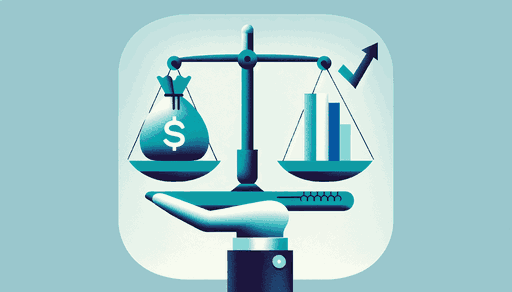What is a Liability?
Understand the role of liabilities in personal finance, how they affect your financial health, and strategies for effective management with ProjectionLab.

Liability in personal finance refers to any financial obligation or debt that an individual is responsible for. Liabilities can range from short-term debts like credit card balances to long-term obligations such as mortgages. Understanding and managing liabilities is a crucial aspect of maintaining financial health and achieving long-term financial goals, including retirement planning.
Types of Liabilities
Short-Term Liabilities
- Credit Card Debt: Balances on credit cards. Example: A $5,000 balance on a credit card with a 20% annual interest rate.
- Personal Loans: Short-term loans, potentially with more favorable terms than credit cards. Example: A personal loan of $10,000 with a fixed interest rate.
- Bills and Other Expenses: Recurrent payments for utilities, rent, or services. Example: Monthly utility bills totaling $300.
Long-Term Liabilities
- Mortgages: Loans for purchasing property, usually with long repayment periods. Example: A 30-year mortgage of $250,000 with a 4% interest rate.
- Car Loans: Loans for purchasing vehicles. Example: A 5-year car loan for $20,000 at a 5% interest rate.
- Student Loans: Education-related debts, often with extended repayment terms. Example: A student loan of $50,000 with a 10-year repayment plan.
Impact on Financial Health
Liabilities directly affect your financial health. High debt levels can restrict cash flow, limiting the ability to save for long-term goals like retirement. Proper management of liabilities is vital for maintaining a good credit score and accessing better financial opportunities.
Managing Liabilities
To manage liabilities effectively, consider:
- Prioritizing high-interest debts for quicker repayment, such as paying off the $5,000 credit card balance before a lower-interest car loan.
- Refinancing or consolidating debts to secure lower interest rates, like consolidating several high-interest loans into one with a lower rate.
- Creating and adhering to a budget to control spending and avoid accumulating additional liabilities.
- Building an emergency fund to handle unforeseen expenses without incurring new debt.
- Seeking financial advice in complex debt situations, such as consulting a financial advisor for debt restructuring.
Additional Considerations
- Behavioral Aspects: Recognizing psychological factors behind spending and debt accumulation aids in effective debt management.
- Examples and Case Studies: Incorporating real-life scenarios, like how a budget overhaul helped someone manage their credit card debts, can demonstrate practical applications of liability management strategies.
ProjectionLab and Liability Management
ProjectionLab helps you visualize the impact of your liabilities on your overall financial plan. It can assist in strategizing debt repayment, balancing liabilities with assets, and planning for future financial goals. Effective liability management is key to a healthy financial future, and ProjectionLab provides the tools to achieve it. Start optimizing your financial health by effectively managing liabilities with ProjectionLab.